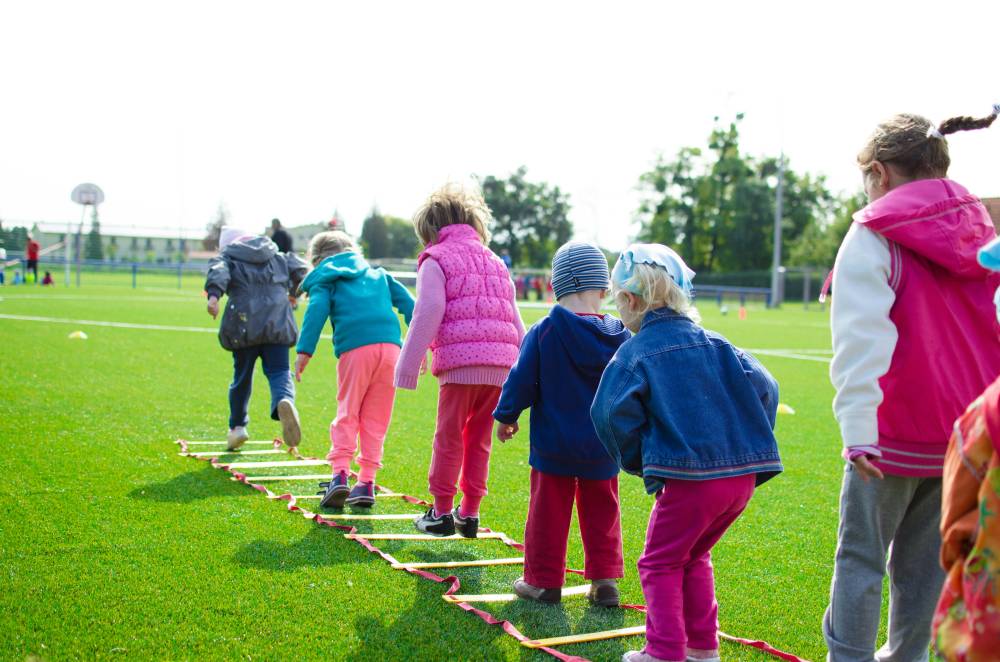As the new school year begins, setting up a welcoming classroom environment is essential for helping young children feel safe, comfortable, and excited about learning. At our daycare center, we understand that the classroom is more than just a physical space—it’s a nurturing environment where children can explore, grow, and develop important skills. By thoughtfully designing our classrooms, we create spaces that are both stimulating and supportive, laying the foundation for a successful school year.
The Importance of a Welcoming Classroom Environment
A welcoming classroom environment is crucial for several reasons:
- Safety and Security: When children feel safe in their environment, they are more likely to engage in activities and interact with their peers.
- Emotional Comfort: A warm, inviting space helps reduce anxiety, making it easier for children to transition from home to school.
- Learning Engagement: A well-organized and stimulating classroom encourages curiosity, creativity, and active participation in learning activities.
Tips for Creating a Welcoming Classroom Environment
Here are some strategies we use to create a classroom environment that is welcoming, safe, and conducive to learning:
1. Simple, Inviting Decor:
- Tip: Use simple, inviting decor with minimal complexity to create a positive atmosphere. Incorporate elements like straightforward wall art, basic alphabet and number posters, and displays of children’s artwork. Keeping the decor simple helps avoid overstimulation while still making the classroom feel warm and welcoming.
2. Organized and Accessible Spaces:
- Tip: Organize the classroom into distinct areas for different activities, such as reading, art, and play. Ensure that materials and toys are easily accessible to children, allowing them to explore and choose activities independently. Clearly labeled bins and shelves can help children learn to clean up after themselves and keep the space tidy.
3. Comfortable and Cozy Corners:
- Tip: Create cozy corners where children can relax and take a break from more structured activities. Soft rugs, bean bags, and pillows can make these areas inviting. A reading nook with a small bookshelf and comfortable seating encourages quiet time and a love for books.
4. Personalization:
- Tip: Personalize the classroom by displaying each child’s name and photo. This could be on cubbies, desks, or a “welcome wall.” Personal touches help children feel valued and part of the classroom community, boosting their confidence and sense of belonging.
5. Safe and Inclusive Design:
- Tip: Ensure that the classroom layout is safe and inclusive. Avoid sharp corners on furniture, secure heavy items to the wall, and provide spaces that accommodate children of all abilities. Consider using a mix of tables and floor seating to cater to different preferences and needs.
6. Interactive Learning Areas:
- Tip: Designate areas of the classroom for interactive learning, such as sensory tables, science exploration zones, or art stations. Rotate the materials regularly to keep these areas fresh and engaging. Interactive spaces encourage hands-on learning and allow children to explore new concepts in a fun and meaningful way.
7. Natural Elements:
- Tip: Incorporate natural elements like plants, natural light, and wooden furniture to create a calming and grounding atmosphere. Nature-inspired decor can help children feel connected to the world around them and bring a sense of tranquility to the classroom.
8. Positive Reinforcement Displays:
- Tip: Use bulletin boards or wall displays to highlight positive behaviors and achievements. A “Star of the Week” board or a “Kindness Tree” can celebrate acts of kindness, sharing, or cooperation. Positive reinforcement helps build a supportive classroom culture and encourages children to strive for their best.
The Role of Educators in Creating a Welcoming Environment
While the physical environment is important, the role of educators in creating a welcoming atmosphere cannot be overstated. A warm smile, a gentle tone, and a genuine interest in each child’s well-being are key to making children feel at home in the classroom. Educators should also be mindful of each child’s individual needs and preferences, adapting the environment and their approach to ensure that every child feels included and supported.
Creating a welcoming classroom environment is a crucial step in setting the tone for a successful school year. By designing spaces that are safe, comfortable, and stimulating, we help children feel secure and excited about learning. As we prepare our classrooms for the new school year, let’s remember that a welcoming environment is not just about the decor—it’s about creating a space where every child can thrive.





